Between different lockdowns and corona restrictions, we were lucky enough to go to the Faroe Islands. The field work at the Faroe Islands was an important link for describing the Staphylinidae arrival to Iceland, given the Faroes Islands are being placed roughly midway between mainland Europe and Iceland. Stunning scenery and beetles, what more could you ask for?
The field work lasted only a week, and the goal was to cover as much of the islands in the archipelago as possible. As such, this meant a lot of driving trying to find different habitats suitable for the staphylinid beetles. However, that proved somewhat difficult, as the islands mostly consist of well grazed grass. The grass is constantly grazed by the massive amounts of sheep present, which are practically everywhere. As a matter of fact, the towns have to pay the farmers, if they don’t want the sheep to walk around in the villages. If not, there is free reign for the sheep.
But that’s a digression. The density of staphylinidaes was, unfortunately, a bit disappointing. The reason for this could have been that it already was a bit late in the season getting both cold and wet. The total official number of Staphylinidae species on the Faroes is 80, but the total number we ended on collecting was about 25-30. To use the words a wise Norwegian once said “But but, it’s not only only”. The important part at the time of departure was however that every road had been driven, most stones had been turned, both of us were pleased and neither would mind going back.
Text in the teaser: You already learned about Vetle’s Master project on Vikings, Iceland and beetles. At this day we will present more about the fun in the field this year.
Picture in the teaser: Pictures are changed to include the copyright, the used licenses can be found here (https://creativecommons.org/licenses/by-sa/3.0/deed.en)
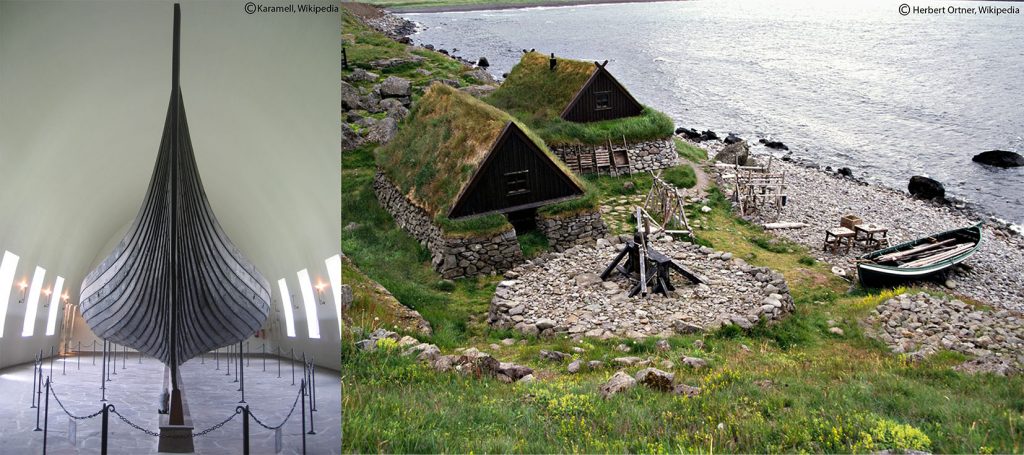
![]()
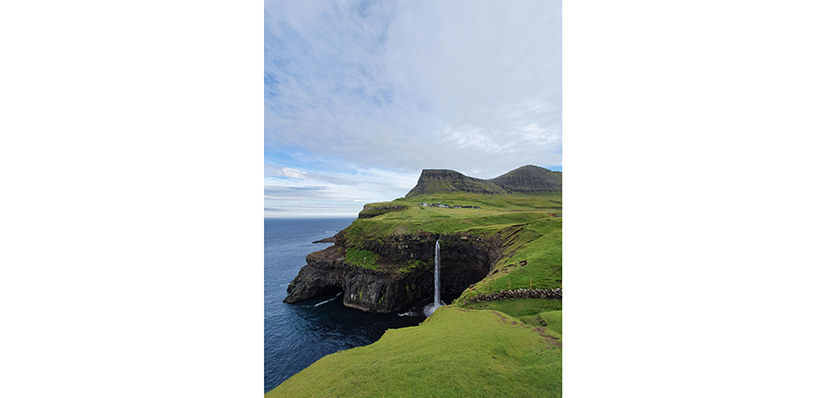
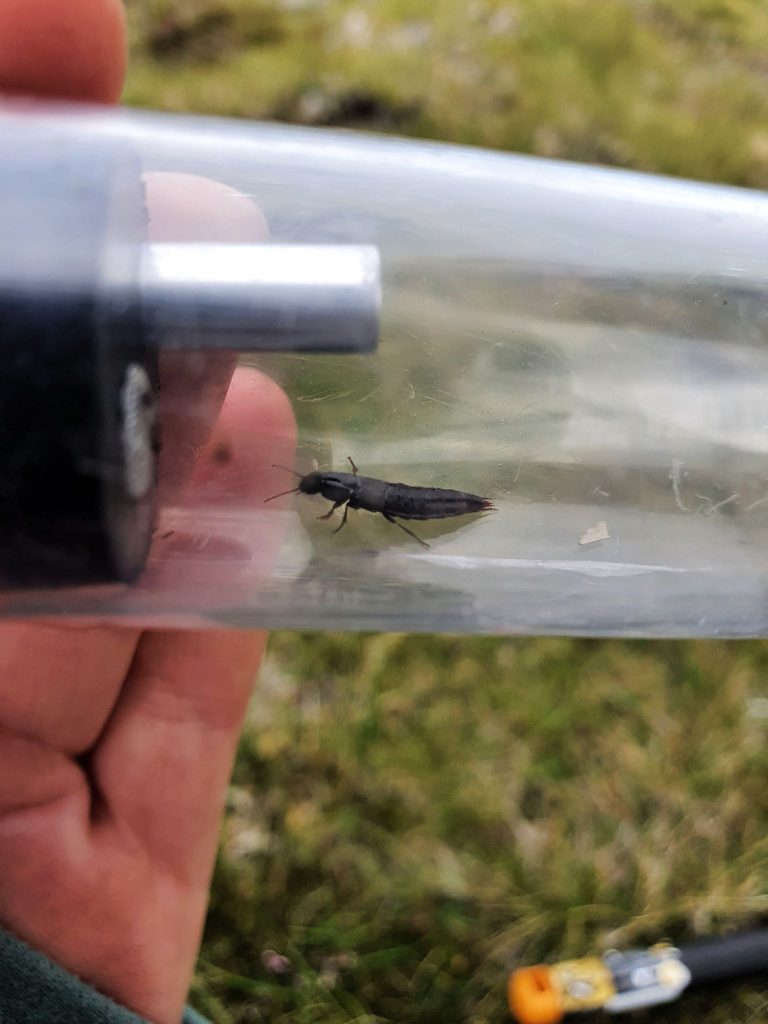
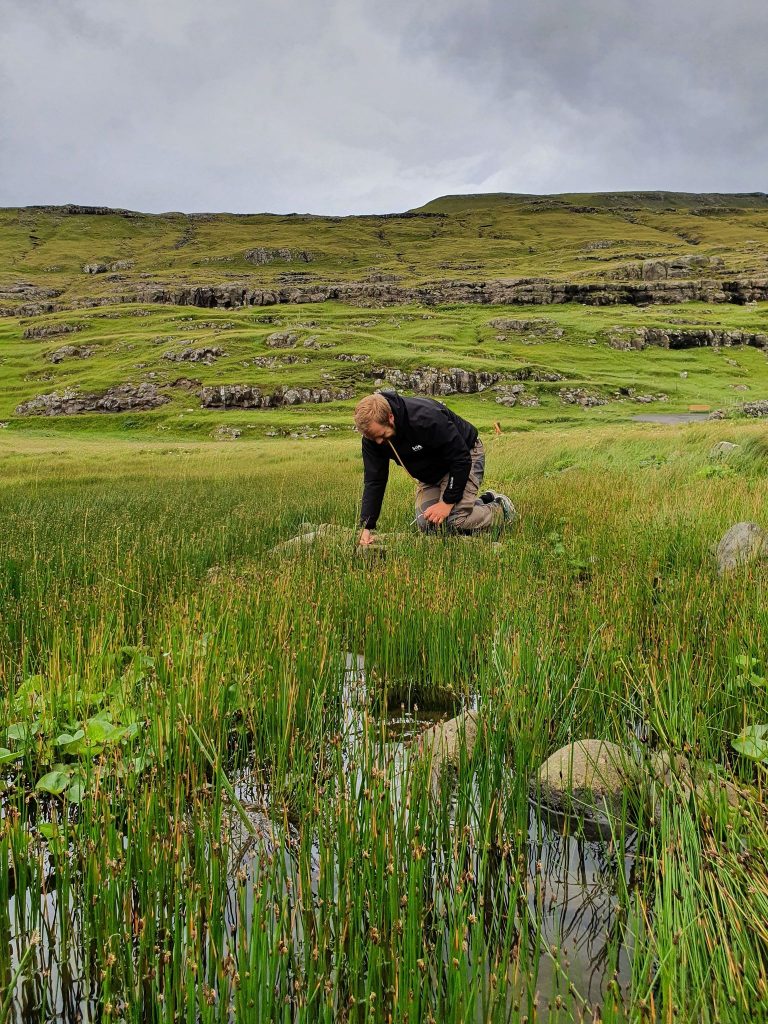
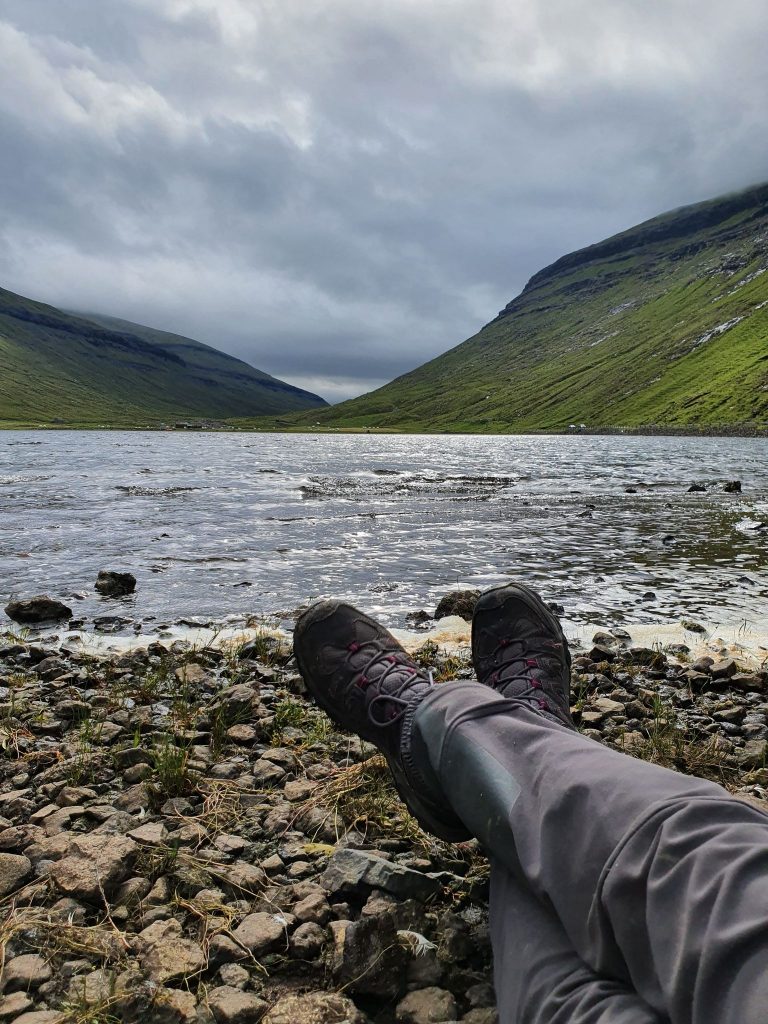
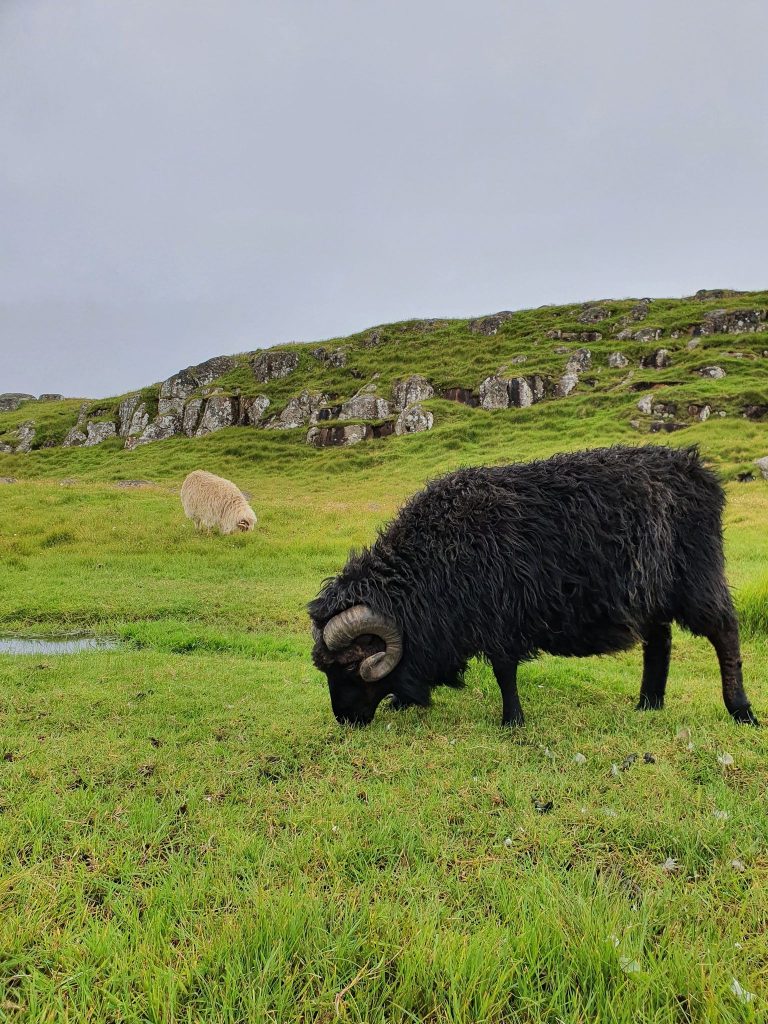
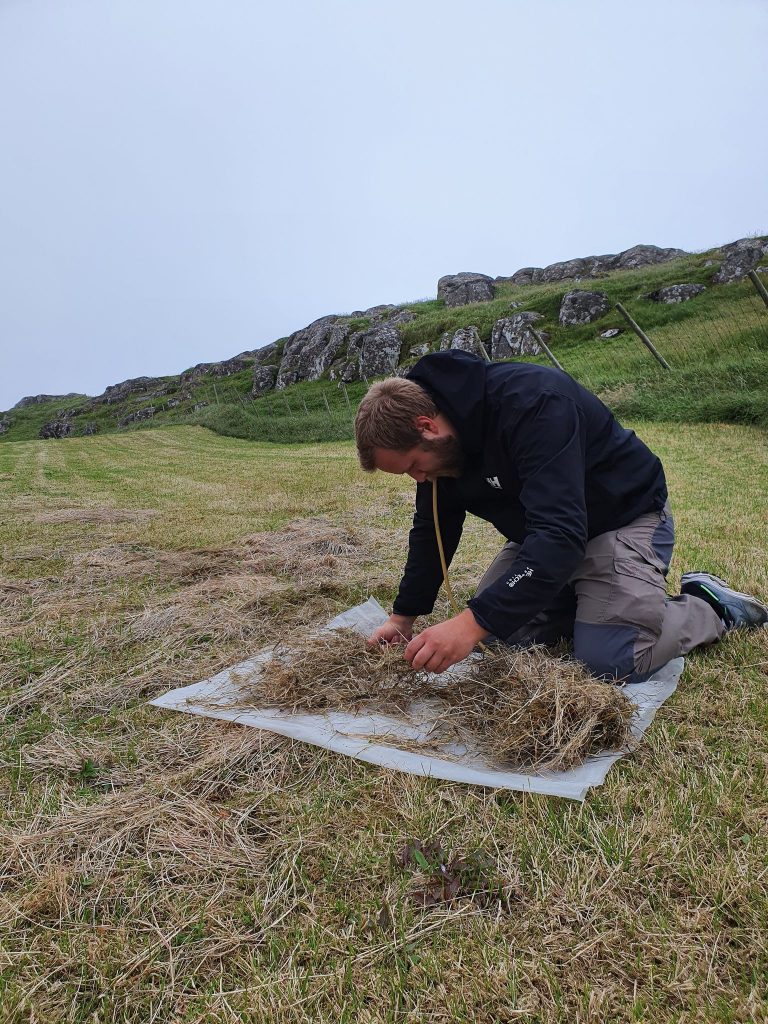
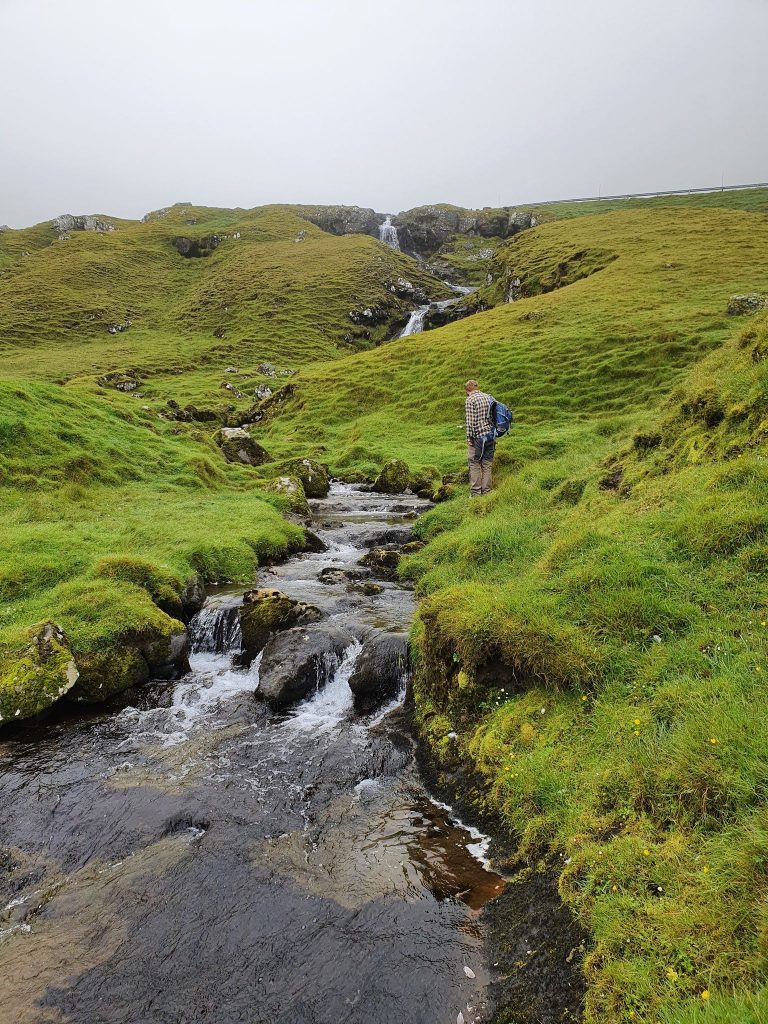
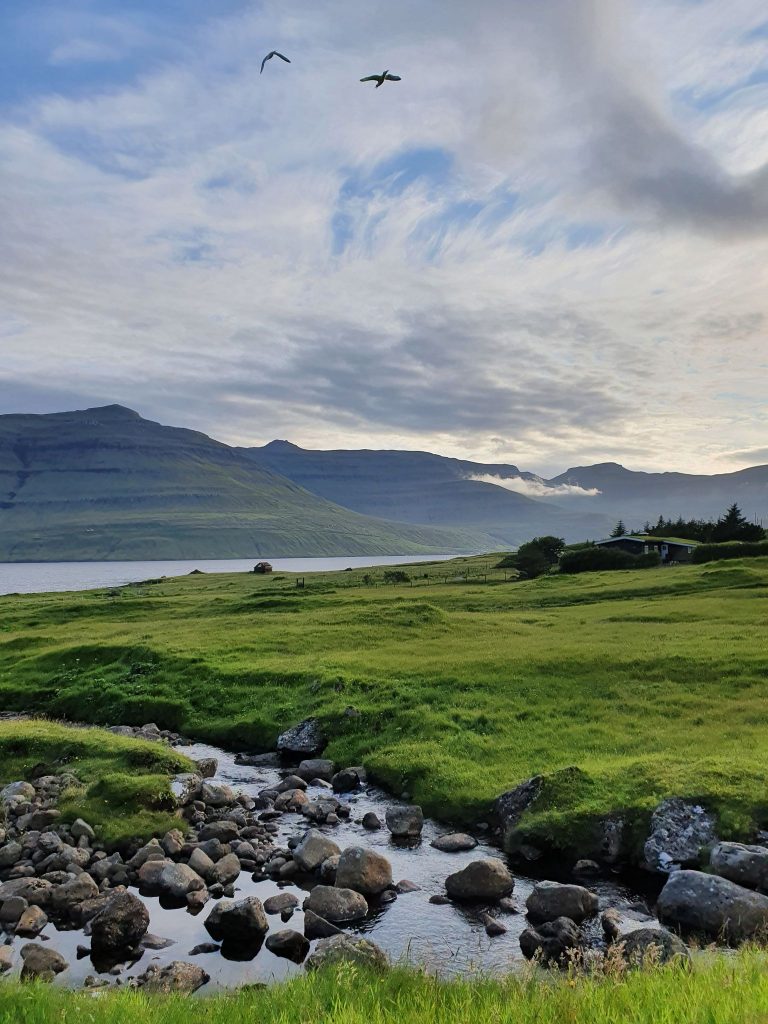
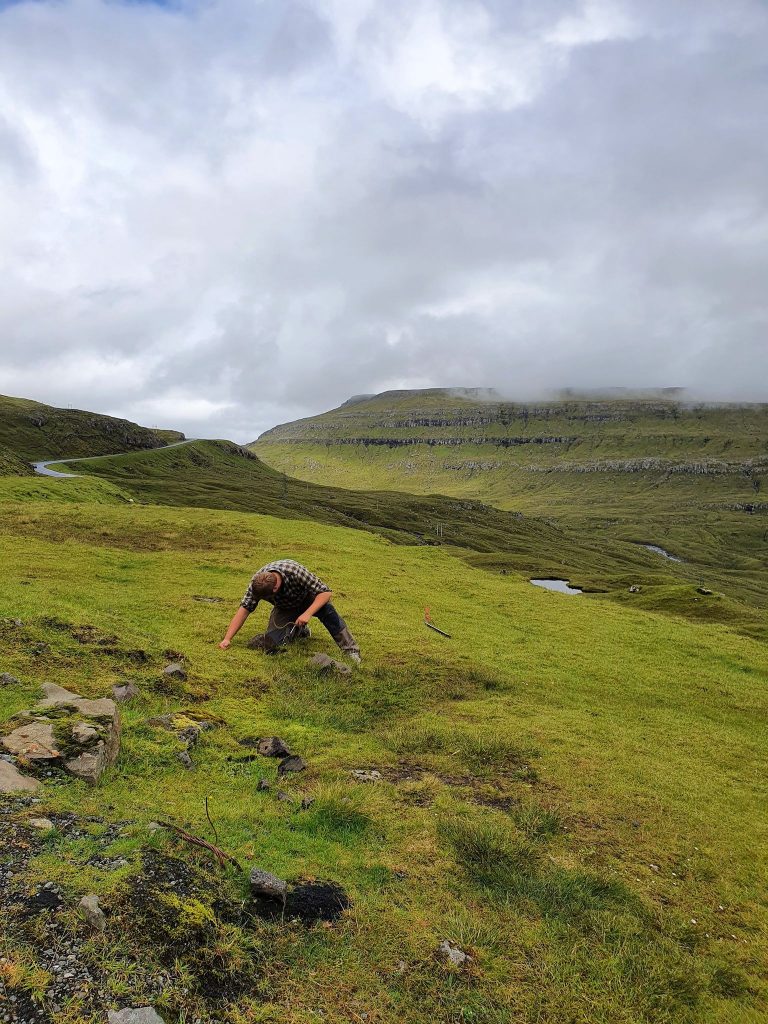
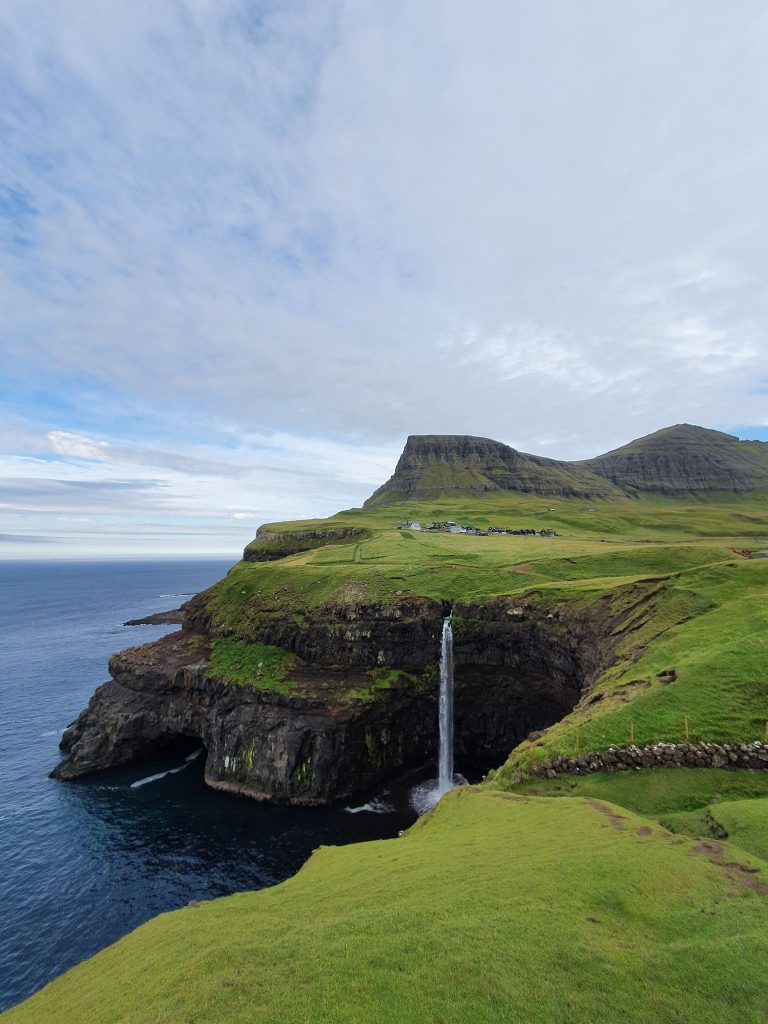
1 Comment on “Beetles, sheep and the Faroes”